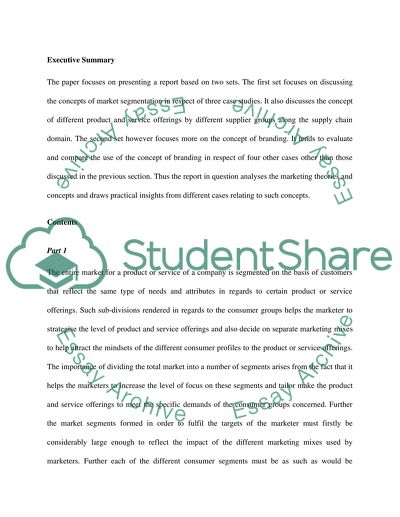Cite this document
(“Case Study Analysis (A REPORT) (RESIT) Essay Example | Topics and Well Written Essays - 2500 words”, n.d.)
Retrieved from https://studentshare.org/literature/1428060-case-study-analysis-a-report-resit
Retrieved from https://studentshare.org/literature/1428060-case-study-analysis-a-report-resit
(Case Study Analysis (A REPORT) (RESIT) Essay Example | Topics and Well Written Essays - 2500 Words)
https://studentshare.org/literature/1428060-case-study-analysis-a-report-resit.
https://studentshare.org/literature/1428060-case-study-analysis-a-report-resit.
“Case Study Analysis (A REPORT) (RESIT) Essay Example | Topics and Well Written Essays - 2500 Words”, n.d. https://studentshare.org/literature/1428060-case-study-analysis-a-report-resit.


